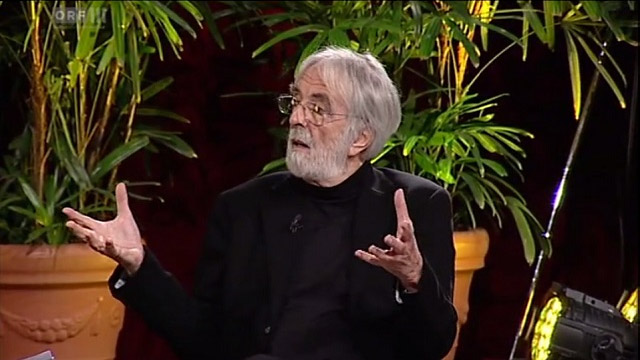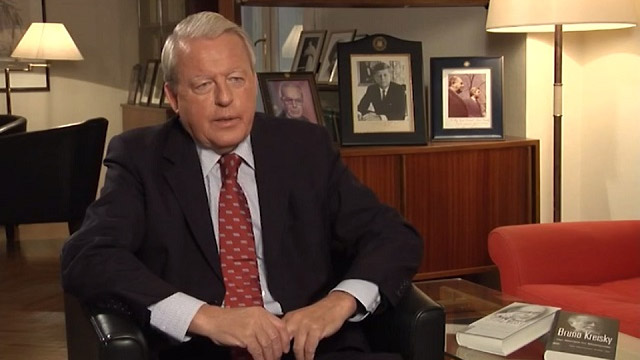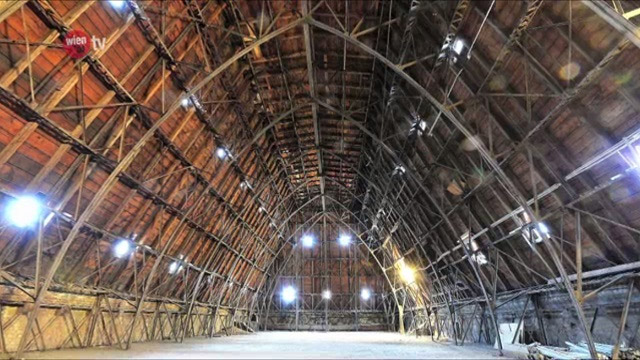Mitschrift
In Austria, young people must stay in education or training until they are 18 years old. Nine years of schooling are compulsory for all pupils. At the age of 14, teenagers have to make an important decision: What educational career should they choose? My advice is to consider your child’s personal interests and talents when making this decision.
Basically, 4 years of Volksschule (primary school) and 4 years of Mittelschule (middle school) or Gymnasium (academic secondary school) are followed by Year 9. Being the last year of compulsory schooling, Year 9 is important for your child’s educational career.
You can choose between the following school types:
- If your child has good grades, they can opt for an AHS Oberstufe, that is the upper cycle of an academic secondary school, at the age of 14.
- If your child already knows what occupation they want to pursue, they can enter a berufsbildende Schule, a vocational school.
- If your child is unsure of their career path, they can attend a one-year Polytechnische Schule, or pre-vocational school. The POLY, as it is called, offers practical career guidance and often serves as a stepping stone for an apprenticeship.
To start an apprenticeship, you’ll need to:
- be 15 years or older,
- have completed Year 9,
- and find an apprentice position at a company.
There are more than 200 different apprenticeship trades available in Austria. Examples include optician, florist, or dental technician. An overview of all apprenticeship trades is available from the Austrian Economic Chamber, the Public Employment Service Austria, and the Federal Ministry for Economic Affairs.
How do apprenticeships work? About 80% of the apprenticeship is spent on practical on-the-job training at a company. In addition, apprentices also attend a Berufsschule, a part-time vocational school. Apprenticeships usually take 3 years to complete and end with a final exam. A completed apprenticeship offers good job opportunities. Moreover, some apprenticeships can also give you an additional qualification, such as a Berufs-Matura or university entrance exam for apprentices.
14-year-olds who want to continue their education can choose between different school types:
- the Oberstufe or upper cycle of a Gymnasium or academic secondary school (in Austria also called AHS),
- a Berufsbildende Höhere Schule, or higher-level vocational school (also called BHS),
- or a Berufsbildende Mittlere Schule, or intermediate vocational school – briefly called BMS.
The upper cycle of Gymnasium, that is academic secondary schools, lasts 4 years and is completed by passing the Matura, or university entrance exam. In addition to providing a general education, these schools often specialize in different subjects such as sports and languages or media and music.
Berufsbildende Höhere Schulen, or higher-level vocational schools, last 5 years and are also completed by passing the Matura, the university entrance exam. The names of the school types tell you which subjects they focus on:
- HTL is short for Höhere Technische Lehranstalt, which is a higher-level technical school. Subjects taught at these schools include electrical engineering, computer sciences, or mechanical engineering.
- HLW is short for Höhere Lehranstalt für Wirtschaftliche Berufe, which is a higher-level school for occupations in business. These schools specialize in the fields of gastronomy and tourism.
- HAK is short for Handelsakademie. This is a higher-level commercial school with a focus on business administration and accounting.
In addition, there are also Berufsbildende Mittlere Schulen, or intermediate vocational schools. They take 3 years to complete and do not offer a Matura or university entrance exam at the end. They are technical schools specializing in commerce, the hotel business, agriculture, and social services.
More detailed information is available in the Wiener Schulführer, the Vienna School Guide. In addition, all schools in Vienna hold open days for interested pupils and parents.
The following two examples show the diversity of educational careers.
Ivo has completed 4 years of Volksschule (primary school) and 4 years of Gymnasium (academic secondary school). At the age of 14, he has to decide:
- Does he want to stay at Gymnasium and complete the Oberstufe, the upper cycle, there?
- Does he want to switch to a berufsbildende Schule, a vocational school?
- Or does he want to attend a POLY, a pre-vocational school, for one year and start an apprenticeship afterward?
Since Ivo is good at working with his hands, he opts for a Polytechnische Schule, a pre-vocational school. There, he gets to know different apprenticeship trades. He gets an apprentice position at an electrical company, and at the age of 15, he starts an apprenticeship to become an electrician. At the company Ivo works for, he gains job-specific skills and earns an apprenticeship wage. As electricians are in high demand, Ivo immediately finds a job after completing his apprenticeship at the age of 18.
Leyla moved to Austria with her family when she was 12. Because of her school certificates, the Vienna Board of Education allocated her a place at a Mittelschule or middle school. After Mittelschule, at the age of 14, Leyla, just like Ivo, can choose between several options.
Leyla likes commerce and considers going to:
- a 3-year Handelsschule or commercial school,
- an HLW, a higher-level school for occupations in business specializing in “hotel business and gastronomy,”
- or a 5-year Handelsakademie or higher-level commercial school.
She chooses a Handelsakademie and completes it by passing the Matura, the university entrance exam. Now Leyla can find a job at a bank, for example, or go on to university.
The Youth College is a service for young migrants between 15 and 25 who have just arrived in Vienna. It helps them prepare for continuing their education and entering the labor market. Among other things, the Youth College offers programs to:
- obtain a German language certificate at level B1,
- help you prepare for a school-leaving exam or apprenticeship,
- or strengthen your digital skills.
You will find further information on the StartWien website and in the text accompanying the video.
Education and apprenticeship for young people
In Austria, education is compulsory until the age of eighteen. After compulsory education, young people at the age of fourteen are therefore faced with a big decision about their further educational path. This StartWien video offers guidance on the wide range of educational opportunities for young people. Here you will learn the difference between academic secondary school (AHS), higher-level vocational school (BHS), pre-vocational school and apprenticeship.
Länge: 7 Min. 26 Sek.
Copyright: Stadt Wien - Integration und Diversität














